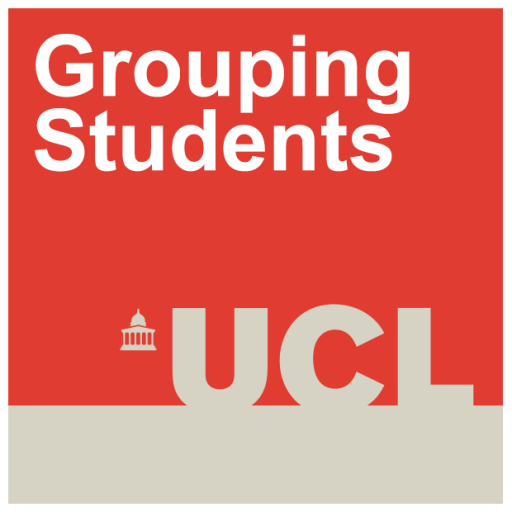New Paper: The misallocation of students to academic sets in maths
By Becky Taylor, on 21 June 2019
Among our most eye-catching findings so far is what we have discovered about what happens when schools allocate pupils to sets – and whether pupils end up in the ‘right’ group.
For this analysis, we used data from schools in the control group for the Best Practice in Setting trial. These 46 schools had signed up to take part in the trial and been randomly allocated to the ‘business as usual’ control group. In other words, they just got on with their usual grouping and teaching practices, without making any changes.
We started by carrying out our own allocation of pupils to sets. Using KS2 maths data and what we already knew about the group sizes in each school, we made our own decisions about which set each pupil would be in if they were allocated just by KS2 attainment. We then compared our allocations with pupils’ actual set placements.
Strikingly we found that 31% of pupils were placed in a different set to the one that their prior attainment would predict. Some pupils were placed in higher sets and some in lower sets – precipitating the question, were there any patterns in this misallocation?
In further analysis we explored whether any such patterns could be found. We were surprised, given the findings of previous research (e.g. Muijs & Dunne, 2010), that we did not find evidence of any relationship between socioeconomic status and misallocation. However we did find some very concerning relationships between ethnicity and gender and set allocation:
- Black students were 2.43 times more likely than White students to be allocated to a lower maths set.
- Asian students were 1.65 times more likely than White students to be allocated to a lower maths set.
- Female students were 1.53 times more likely than males to be allocated to a lower maths set.
- White students were 2.09 times more likely than Black students to be allocated to a higher maths set.
- White students were 1.72 times more likely than Asian students to be allocated to a higher maths set.
- Male students were 1.32 times more likely than females to be allocated to a higher maths set.
We argue that for the first time there is evidence that setting in Year 7 exacerbates existing educational inequalities in relation to gender and ethnicity.
Our findings support the view that students should be allocated to sets solely on the basis of prior attainment to avoid misallocation and the ‘creeping prejudice’ implied by our misallocated cases. We believe that schools should reflect carefully on their practices and take action where necessary.
Our new paper is now available to read online here.
Pledge to reflect on attainment grouping in your school here.
Connolly, P., Taylor, B., Francis, B., Archer, L., Hodgen, J., Mazenod, A., & Tereshschenko, A. (2019). The misallocation of students to academicsets in maths: A study of secondary schoolsin England. British Educational Research Journal. DOI: 10.1002/berj.3530
 Close
Close



